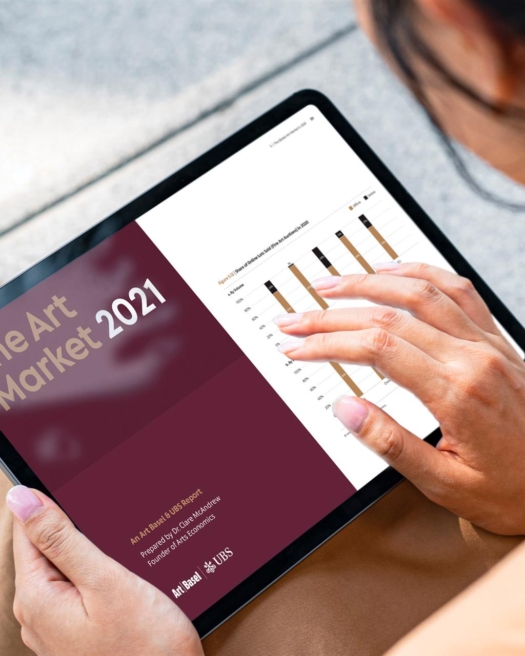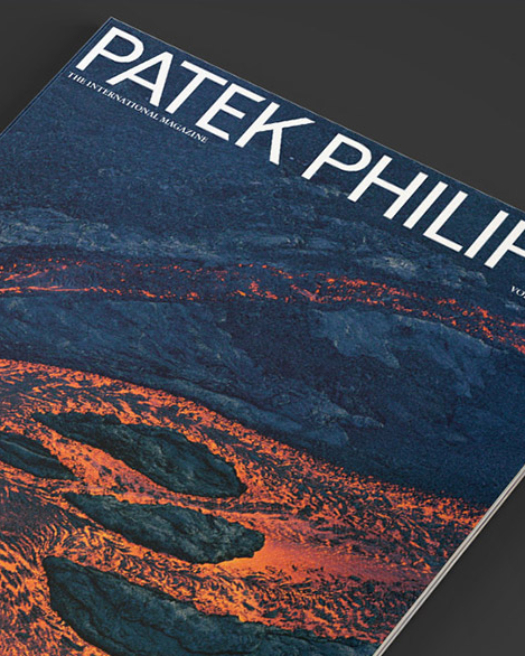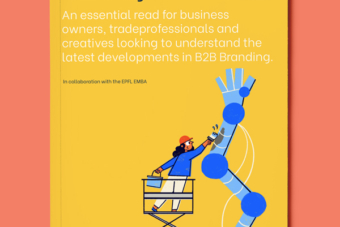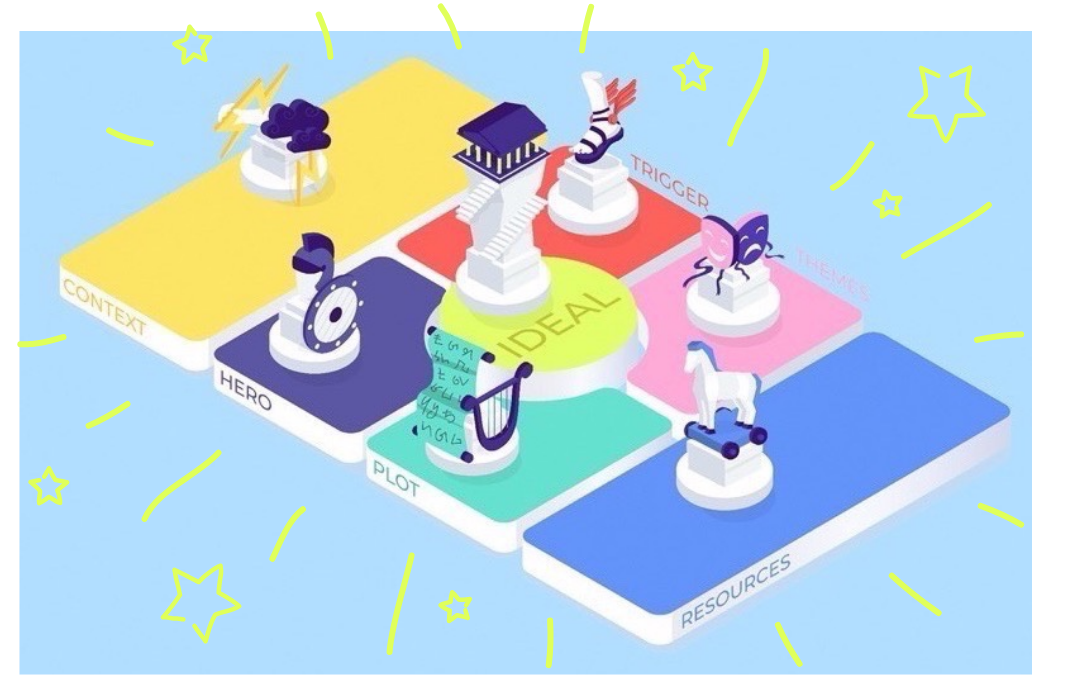If the brand story is the source, content is the river. Content brings your brand story to life for your audience, in a relevant and interesting manner. Credit Suisse, for example, runs a campaign to educate children on entrepreneurial thinking, a collaboration with CNN on a series about entrepreneurial achievers, and hosts thought leadership events about entrepreneurial influence at the World Economic Forum. These segments help the Swiss Bank communicate and strengthen its positioning as the bank for entrepreneurs. As a brand, you want to promote content to ultimately “own” certain communication themes. Take Kuka, a Chinese-owned robot manufacturer. Kuka communicates heavily on the themes of cobots (robots that work alongside humans) and smart factories – both are connected to their brand story to make automation intelligent.
In summary, smart content should:
- build on your positioning
- link to your brand communication themes
- have the right form and fit for you and your audience
- not require you to spend too much time writing new content


“As a brand, you want to promote content to ultimately “own” certain communication themes.”
Lead the conversation without self-promoting
Brand communication themes need to follow three main rules in order to be effective. One, they must be aligned with your brand story, to avoid any contradictions or dilution. Two, they must be tied to your product or service offering, but not too closely, to avoid it being perceived as self-promotion. And three, your themes must resonate with your audience. Pick topics that are broad enough to interest a diverse audience, yet specific enough that you can bring something interesting to the conversation without investing too many resources. Doing so will help your company stand out from the crowd and engage both existing and potential customers in a non-commercial way–at first. Boucledor CEO Frédéric Gouverd, for instance, is regularly invited to speak about “ethical gold”. The topic itself is not directly tied to Boucledor’s business, but it is close enough that Mr Gouverd can assert his expertise on the subject without appearing to engage in self-promotion. Most importantly, it resonates with Boucledor customers and other industry stakeholders keen to better oversee their supply chain.

“Pick topics that are broad enough to interest a diverse audience, yet specific enough that you can bring something interesting to the conversation without investing too many resources.”
Find the right content type for you and your audience
Once you have chosen your brand communication themes, it is time to think about form and fit. A company presentation and a scientific research paper appeal to vastly different audiences. Understanding the differences, commonalities and priorities between these will help streamline your content production pipeline. Leading laboratory technology provider Büchi boasts a wide range of publications for scientists, customers and external stakeholders alike. Though the format, tone of voice and style all differ, the publications are all connected to Büchi products or expertise.
Some companies, such as tech company Hexagon, even go so far as creating their own content distribution platform to push specific types of content. The HxGN SPOTLIGHT platform pushes multimedia content that can easily be used and shared by both employees and customers. This strategy is particularly useful when you operate in high-tech or niche industries with few relevant or independent information sources.
Adapting your content to match your audience also means it can be repurposed, reframed and reused. Many companies fail to realise they are sitting on stores of unused content that could be adapted for external use. An in-house study of a new market can be turned into an article or an infographic. The latest developments from the R&D lab can be teased to an audience of experts to create excitement leading up to the launch of a new product – a strategy often used by consumer electronics brands like Apple and Google.

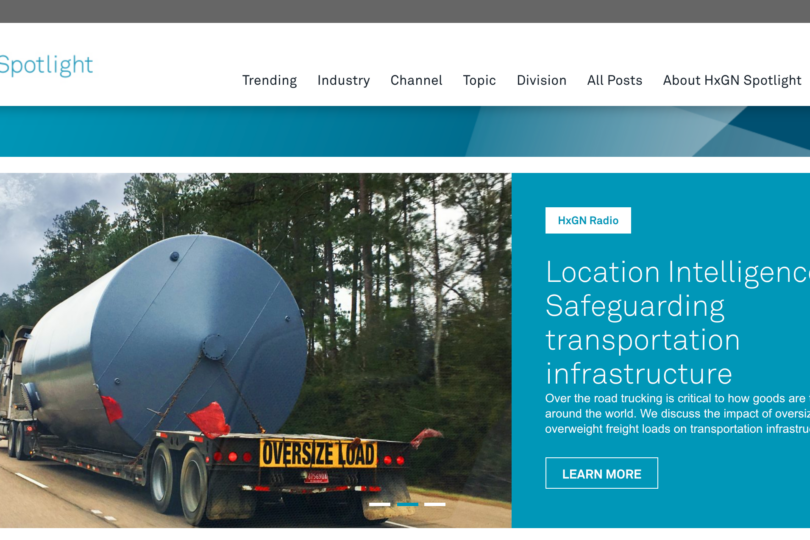
“Many companies fail to realise they are sitting on stores of unused content that could be adapted for external use. ”
Repackage your content again and again
The final step in managing your branded content is content lifecycle management. Even in our world of constant information and planned obsolescence, certain types of content can prove to be incredibly resilient. Features of the brand’s history, iconic products or innovations and glossaries of industry terms are virtually evergreen and can be used whenever, wherever, at little to no cost – just make sure to pair them with newer, more dynamic content.
Many heritage brands in the B2C sector use this type of strategy, including watchmaking houses Patek Philippe and Breguet. In fact, even more time-sensitive content can be reused. When UBS releases its Art Market report to dealers and trade professionals every year before Art Basel, not all the content inside is new. The company builds on models and data from previous years, updating trends and making sure the report is up-to-date. The overall cost of this “update” is certainly lesser than that of an entirely new report.
As long as the content is in line with your story and brand themes, you have everything to gain by sharing it, repackaging it for all your different audiences, and getting as much “mileage” out of your content as you can. But for the repackaging to work, we need to talk about brand identity.
